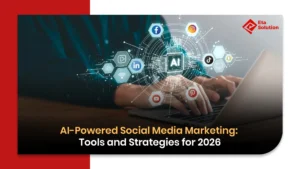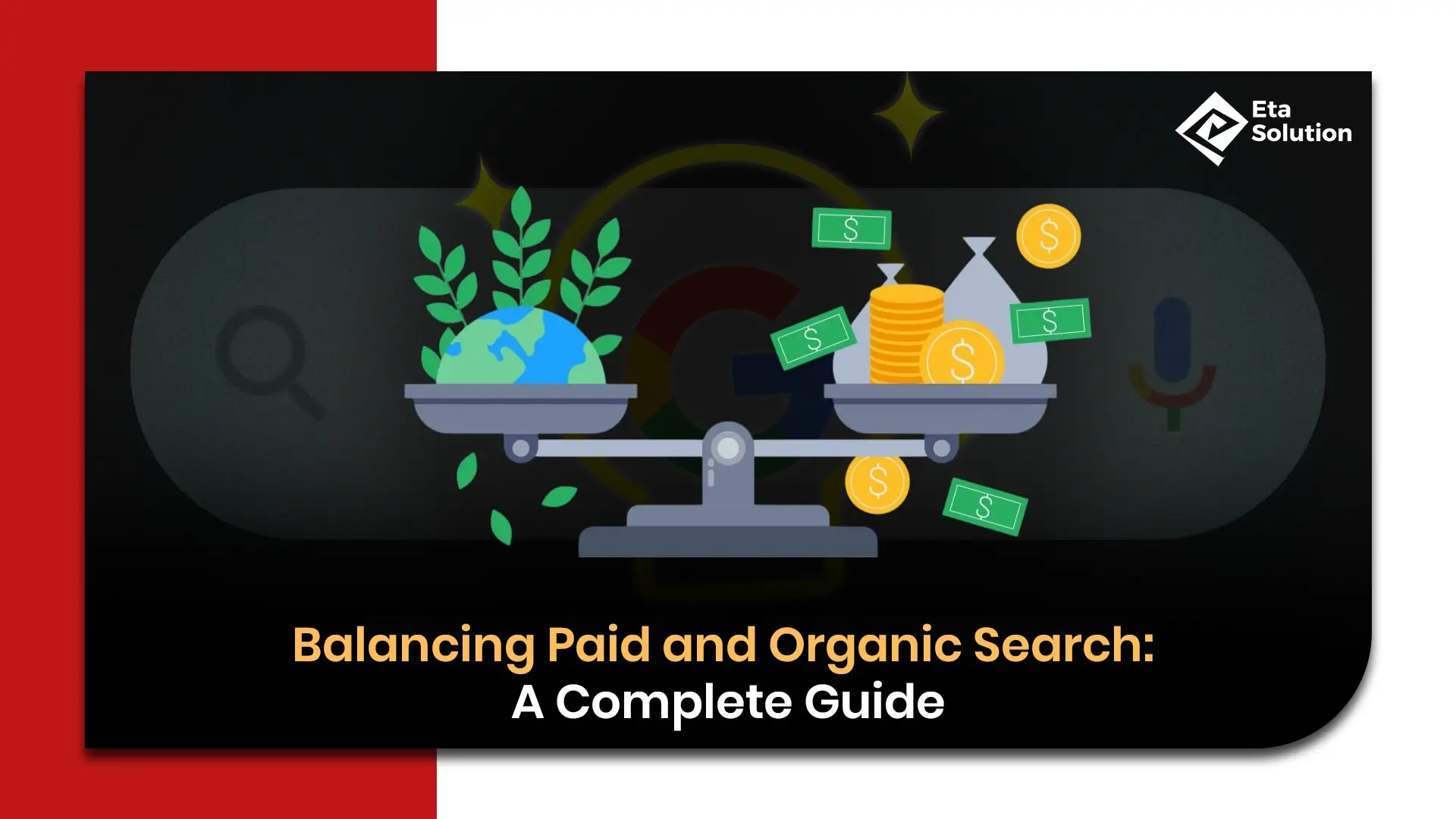
Balancing Paid and Organic Search: Complete Digital Marketing Guide
In the digital marketing world of 2025, which keeps changing, the controversy over Paid vs Organic Search has only become fiercer. Presently, companies are operating in a complex online setting, where the ever-changing user behavior, technological progressions, and rules have the final say in performance outcomes. To fathom the subtleties of paid and organic search strategy is a must-have.
This handbook goes beyond the basic differences between paid and organic search to uncover their interaction, providing marketers with a search engine marketing guide and a step-by-step plan on how to utilize online marketing ROI to the fullest.
Let’s Explore the Search Landscape
Digital marketing changed radically in the last several years, and the main factors for that change were consumer behavior shifts, the increased use of artificial intelligence in Search Algorithms, and stricter privacy regulations. In 2025, Google Ads still held the lion’s share with 80.20% of the paid ads market.
Though the figure is very high, it also leaves room for searching for the organic users’ favorite trend. A couple of reports suggest that 94% of all clicks on Google occur on Organic Results, while only 6% of the clicks are on paid ads. The point that emerges from this is: users trust organic listings the most, as they consider them the most accurate and reliable, since they are the closest to their needs.
Yet, ignoring Paid search explained is like throwing the baby out with the bathwater. Campaigns with money have immediate access to the public, grant buyers full control over targeting, and allow calculation of ROI. On average, for every dollar spent on Google Ads, businesses get double the revenue, demonstrating that digital marketing paid organic efforts can produce instant results. The difficulty lies in harmonizing SEO with PPC, utilizing the stable merits of organic search in combination with the transient impact of paid clicks.
SEO vs PPC: A Comparative Overview
We may discover the different advantages and disadvantages of SEO and PPC by examining these two methods closely.
SEO – Search Engine Optimization
Conversion Rate:
Organic search has a conversion rate of 14.6%, which is significantly higher than that of PPC, namely, 10%. The main reason for this comes from the trust factor enforced by the fact that a high ranking helps content to become more engaging over time.
Trust Factor:
The perception of consumers is that organic listings are more truthful. By 2026, as per a survey conducted by Nielsen, 70% of users disregard the ads and click on the organic results straight away, which demonstrates that confidence in paid placements is falling.
Long-Term Advantages:
A robust organic search plan is the ultimate source for achieving long-lasting web growth. Apart from just getting the exposure, utilizing keyword-targeted content, technical SEO, and Backlink Strategies also generates a kind of authority seal.
Drawbacks:
SEO is a “slow process”. It can take up to several months to see the results, and with every algorithm update, the SEO performance can be temporarily impacted. Besides, SEO is a very competitive market. Achieving a good ranking for high-value keywords is a continuous Process of Content Optimization and link-building with great care.
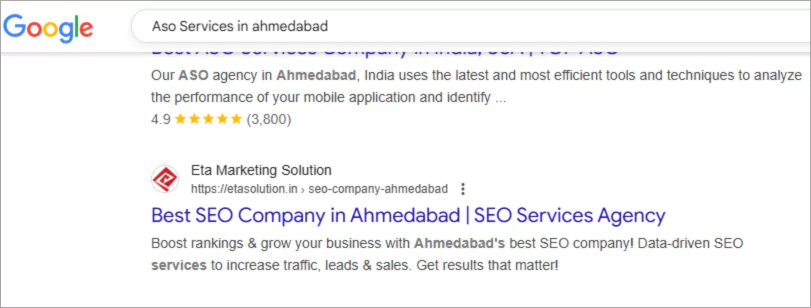
PPC – Pay-Per-Click
Immediate Results:
The PPC method is almost instantly visible. Once PPC Campaigns get activated, businesses can immediately attract the right audience, which is perfect for product releases, seasonal promotion, or time-limited campaigns.
Goal-Oriented Campaigns:
PPC facilitates the clear definition of the target audience. Marketers have the ability to target the specific groups that they want by using the following parameters: location, device, intent, demography, and previous interaction with the website, which allows better traffic management, as well as being able to re-engage those users who were exposed to the campaign but didn’t convert.
Scalability:
The entrepreneurs have the possibility to change the amount of investment, bidding strategy, and the location of their ads quickly and with ease. If a business is looking to grow rapidly, then PPC is the tool that would offer them the most versatility when compared with the organic methods.
Limitations:
The paid activities may be very costly, especially if the industry you are dealing with is quite competitive. In such scenarios, the average price per click for only the most Relevant Keywords could even go beyond $50. If a campaign is mismanaged, it will burn money and won’t return.
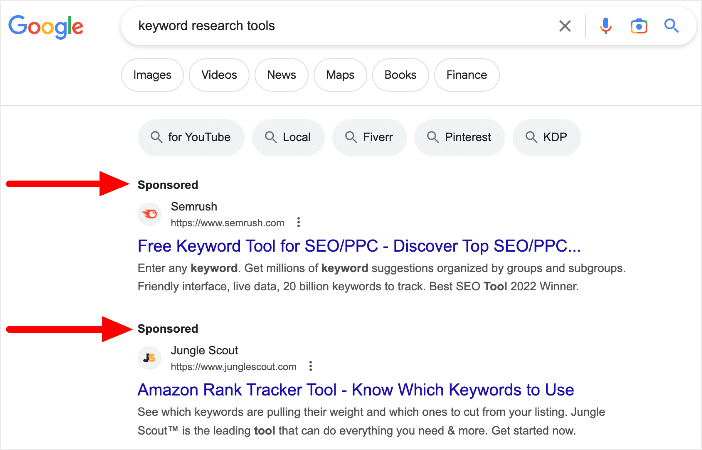
Integrating SEO and PPC: A Unified Strategy
Instead of viewing SEO and PPC integration as a rivalry, the marketers envisage the channels working in tandem to garner optimum results. The integration of both methods can extend the effect, allow for measuring more internally, and save the budget for further campaigns.
Case Example: Crews Control, a videography company, successfully fused local SEO with geo-targeted PPC campaigns, leading to 67% of their traffic coming from Google and direct sources. The dual nature of organic visibility and paid promotion could not only make them the first in local search but also generate immediate leads through paid ads marketing.
Best Practices for Integration
Keyword Synergy:
PPC campaigns are great for testing high-performing keywords since you can only have limited SEO content if you want to use PPC data to prioritize keywords. Paid search data can disclose the user’s intent and reinforce Google Ads vs SEO insights.
Landing Page Optimization:
The benefits of both Organic Ranking and paid conversion should be reflected in landing pages. This means that fast loading times, mobile responsiveness, and relevant content should be the minimum requirements.
Data Sharing:
The search marketing strategies collaboration of SEO and PPC teams encourages the free flow of ideas and skills. For example, organic click-through rate (CTR) trends are valuable in paying for ad copy optimization, while paid performance metrics can quickly point the right organic content direction.
Consistent Branding:
Using messages that can be seen in organic vs paid traffic will help build trust, as the user can associate the brand in other places. Those users who find the most common elements in the search results are the ones most likely to convert.
ROI Comparison: Paid vs Organic
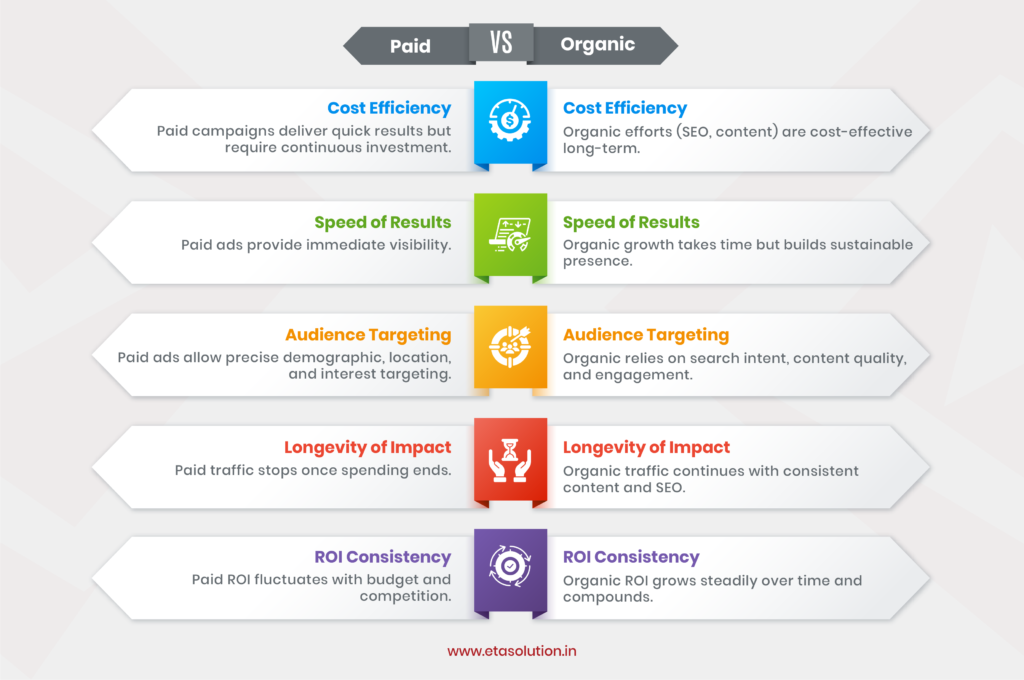
The Role of Google Ads Management Services
Successful Google Ads management is definitely a must-have rather than just an option for getting the most out of your ROI in 2025. Companies are expected to blow up a whopping $190.5 billion worth of search advertising with a $70.11 average cost per lead. In the absence of strategic control, there is the risk of overspending while underperforming in vital markets.
Key Components of Google Ads Management
Campaign Structuring:
Properly organized campaigns help marketers to focus on the right audience and reach the targets in the most effective way. Ads can be grouped by product category, location, or audience segment and thus be more relevant and have better quality scores.
Bid Management:
Bids that are dynamically changed based on the keyword performance, the time of the day, and the device that the user is on all contribute to making the ad more cost-efficient and better placed.
Performance Analysis:
It is very important to keep on measuring the different metrics such as CTR, conversion rates, and quality scores. The optimization of the Budget is the main function of data-driven insights.
A/B Testing:
Let’s assume that we are testing various combinations of ad copy, visuals, and landing page elements. What is the impact if one of the combinations is determined to be the most efficacious one? Even small increases in CTR or conversion rate can lead to a significantly improved overall ROI, emphasizing paid search explained strategies.
Dealing with Industry Disruptions
In September 2025, the European Commission imposed a €2.95 billion fine on Google for antitrust issues related to its adtech business. If such a disruption were to occur, the prices of ads, the number of targeting alternatives, and the level of competition may be impacted.
Solutions for Dealing with Disruptions
Advertise on Different Platforms: Relying solely on Google is not the best strategy. What could be a more effective method of moving traffic from other sources besides Google and still maintaining your traffic by running ads on other platforms, such as Microsoft Ads, well-known socials, and even new search engines?
Concentrate on good content: Good content is the main source of organic searches, increases the company’s reliance on paid campaigns, and enhances visitor engagement.
Updated Knowledge: Practicing a constant bearing of industry regulations, monitoring of algorithms, and advertising policy, along with preparedness to respond quickly, helps the marketer to suffer fewer disruptions and maintain performance.
Final Take
The argument over paid vs organic search is fundamental in the digital marketing environment of 2025. While SEO can eventually bring a company the recognition, influence, and sustainable growth, PPC is still the one that provides instant access, precise targeting, and scalability.
The concurrent utilization of SEO and PPC integration, unrestricted data-sharing, and synchronized campaign management leads to the most significant amount of exposure, top traffic quality, and the highest ROI. The right combination should be decided by taking into account business goals, competitors, and resources at hand.
As competition increases and regulations change, we’ve adjusted our search marketing strategy by focusing on both evolving user behavior and the right channel mix. Instead of relying on a single source, we balance organic growth with paid traffic to ensure consistent visibility. SEO helps us build long-term authority, while targeted campaigns supported by professional Google Ads Management Services allow us to capture quick, measurable results. This dual approach—growing organically while leveraging paid campaigns—has become a necessary practice to sustain growth in 2025 and beyond.
Both PPC and SEO can be measured, but PPC is more directly quantifiable because you get instant data like impressions, clicks, conversions, and cost per click. With SEO, results take longer to show and are influenced by many factors like Google’s algorithm, backlinks, and content quality. However, SEO tools can track rankings, organic traffic, and conversions, which also provide measurable insights. In short: PPC gives faster, clearer numbers, while SEO offers long-term measurable growth.
SEO (Search Engine Optimization) and PPC (Pay-Per-Click) are both search marketing strategies aimed at bringing visitors to your website through search engines like Google. They share common goals such as increasing visibility, driving traffic, generating leads, and improving brand awareness. Both rely on keywords, audience targeting, and performance tracking. The main difference is that SEO traffic is free (organic) while PPC traffic is paid.
SEO (Search Engine Optimization): Improving your website content, structure, and authority to get free (organic) traffic from search engines.
PPC (Pay-Per-Click): A form of paid advertising where you pay each time someone clicks on your ad, such as Google Ads.
SEM (Search Engine Marketing): A broader term that includes both SEO and PPC. It means all strategies used to increase visibility on search engines, whether free (SEO) or paid (PPC).
There is no one-size-fits-all answer—it depends on your business goals, industry, and timeline.
For new businesses: Allocate more to PPC (60–70%) for immediate traffic and leads while building SEO in the background.
For established businesses: Balance both, such as 50% SEO and 50% PPC, since SEO will already be giving long-term results.
For long-term growth: Invest more in SEO (60–70%) because it lowers costs over time and delivers sustainable traffic, while keeping 30–40% for PPC to target high-value or competitive keywords.
Directly, PPC does not affect SEO rankings—Google does not give ranking boosts for running ads. However, PPC can indirectly support SEO in several ways:
It drives more traffic to your site, which can increase brand awareness and trust.
PPC campaigns can test which keywords or content perform best, and you can use that data to refine your SEO strategy.
Higher visibility from ads plus organic results together increases your chances of being clicked.
So, while PPC doesn’t directly improve rankings, it complements SEO and helps you optimize your overall search marketing strategy.

What started as a passion for marketing years ago turned into a purposeful journey of helping businesses communicate in a way that truly connects. I’m Heta Dave, the Founder & CEO of Eta Marketing Solution! With a sharp focus on strategy and human-first marketing, I closely work with brands to help them stand out of the crowd and create something that lasts, not just in visibility, but in impact!
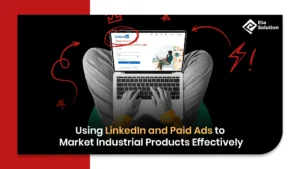
Industrial Product Marketing with LinkedIn & Paid Ads
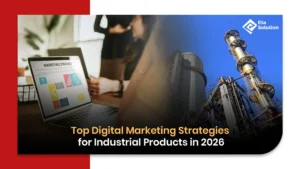
Top Digital Marketing Strategies for Industrial Products in 2026
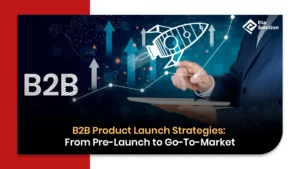
B2B Product Launch Strategies: From Pre-Launch to Go-To-Market
